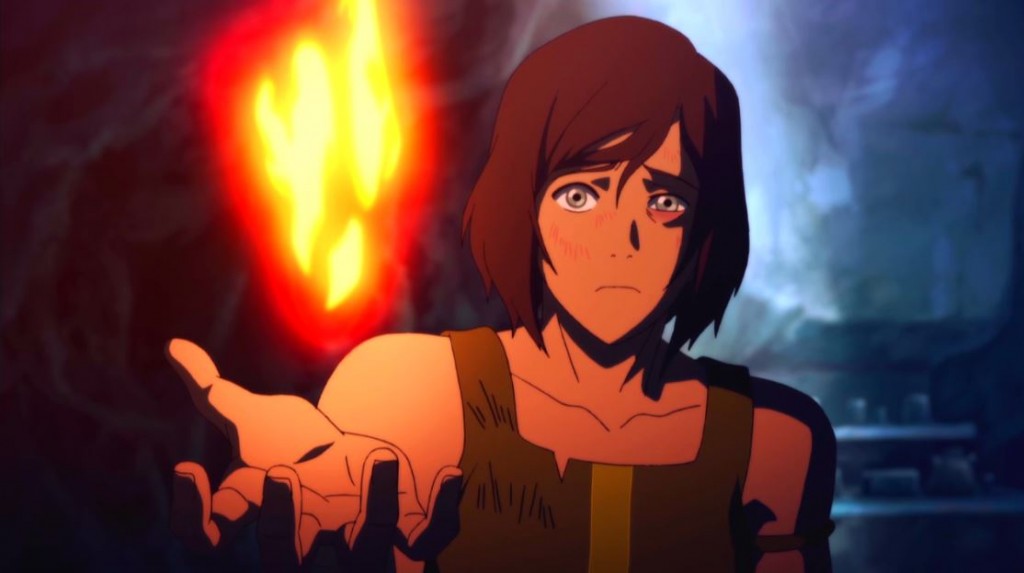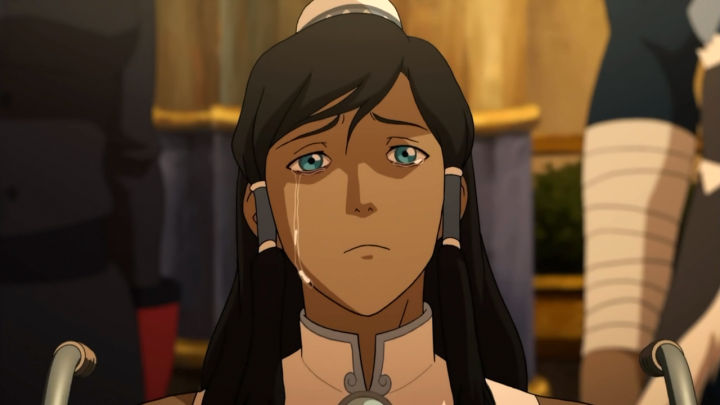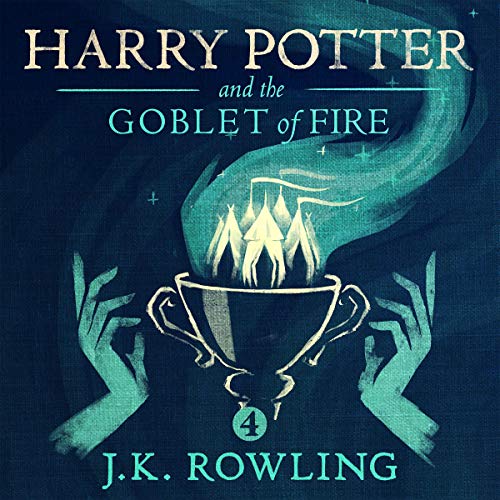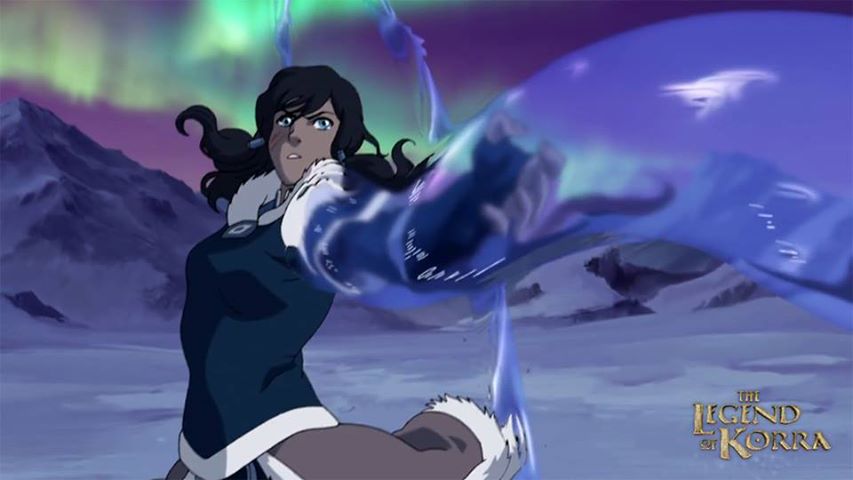This is an ongoing multipart review of the Avatar saga season by season. You can read the introduction and the discussion of Seasons 1, 2, 3 of Avatar: The Last Airbender and Seasons 1, 2, and 3 of The Legend of Korra in the hyperlinks.
“Do you really think friendships can last more than one lifetime?” – Toph, Avatar: The Last Airbender
And so we come to the final season of the Legend of Korra, which effectively ends the saga of the two heroic avatars. As I’ve stated before, Avatar Aang was the hero the world needed, while Korra is the hero the world deserves. Interestingly enough, Book 4 (Balance) dramatically moves the narrative forward by skipping three long years, presenting a world that has lost the influence of the avatar in its affairs. Korra finds herself now transitioning into the role her predecessor filled: the much-needed hero.
“You can’t sell that junk in here! This is the little Ba Sing Se fashion mall, and I’m the little King here! Respect the brooch! I am the glorious defender!” – Prince Wu
When we last saw the Earth Kingdom things had taken a terrible turn. The capital was burning and the queen was dead, fragmenting an entire continent into chaotic disputes. The first quarter of the season jumps around the storyline, outlining all the changes that have occurred within the last three years. Asami is rebuilding Republic city and Mako is forced to be the personal bodyguard of the Earth Kingdom’s crown prince Wu. Wu is holed up in the city, eagerly awaiting his gaudy coronation.
Meanwhile, Tenzin and the air benders are busily trying to maintain peace across the continent, while Bolin and Varrick have signed up with the new unifier of the broken lands: Kuvira. Strong and unyielding, Kuvira brings peace and stability with an iron fist and a huge army of metal benders behind her. While routinely criticized, she has had great success with the absence of the avatar. Naturally, Kuvira upstages Wu immediately.
“It was the pathetic rule of Kings and Queens that caused the Earth Kingdom to descend into such incredible disarray. It’s taken me three years to get it back on track, and there’s no way I will allow it to slip back into the dark ages. I’d like to make an announcement to the World. The Earth Kingdom is no more. … I have created a new Earth Empire, and I will continue to lead it into the future myself, bringing about a new era of prosperity for my people.” – Kuvira
In contrast, Korra herself is trapped in a never-ending rehabilitation period, struggling to overcome her PTSD and the loss of her avatar spirit. That’s when she discovers the elderly Toph in the swamp who is currently living out her life as prophesied in the first show. Throughout the course of the season, the audience gradually watches Korra overcome her barricades to recovery. It’s a difficult process for all, showing Korra’s accumulated pain and fatigue.
“Listen, what did Amon want? Equality for all. Unalaq? He brought back the spirits. And Zaheer believed in freedom. The problem was, those guys were totally out of balance, and they took their ideologies too far.” – Toph, The Legend of Korra
What’s interesting about this storytelling is that Korra never eagerly assumes the mantle of the hero needed, instead choosing to wearily carry out her role with a heavy heart. Everyone who is a player in the game of world affairs wants to use her, either for good or bad. Mistakes have been made on all sides, especially within Toph’s supremely dysfunctional family. Ultimately, Korra ends up facing down the steady march of Kuvira, the very woman who saved her father’s life in season three.
On the more comical side, Varrick provides a never-ending source of laughs with his buddy Bolin and partner Zhu Li. Together they accidentally create a super-weapon and then have to run for their lives from the army that they were a part of. Varrick marries Zhu Li in a wedding that concludes the entire series, featuring the entire cast present. In many ways book 4 is an epilogue for all of the major characters, detailing how their lives have continued past the events of the last book.
After the final visually-arresting battle subsides somewhat anti-climatically Korra walks off into an uncertain future, still struggling with her role in the very grey world that has increasingly become chaotic under her reign. While Avatar Aang ended his military triumph with a kiss with his future wife, Korra takes the hands of her closest girlfriend and walks off into the spirit world looking for a vacation. The hero the world needed doesn’t want to be a statuesque hero, a notion I found invigorating and intriguing.
And so there you have it, the epic yet still-open conclusion to one of the greatest sagas ever told! Will there be a third series? Maybe if Netflix makes enough money on the first two. Thanks for hanging in there with me on my longest blog series! I promise that I will keep things shorter in the future.




